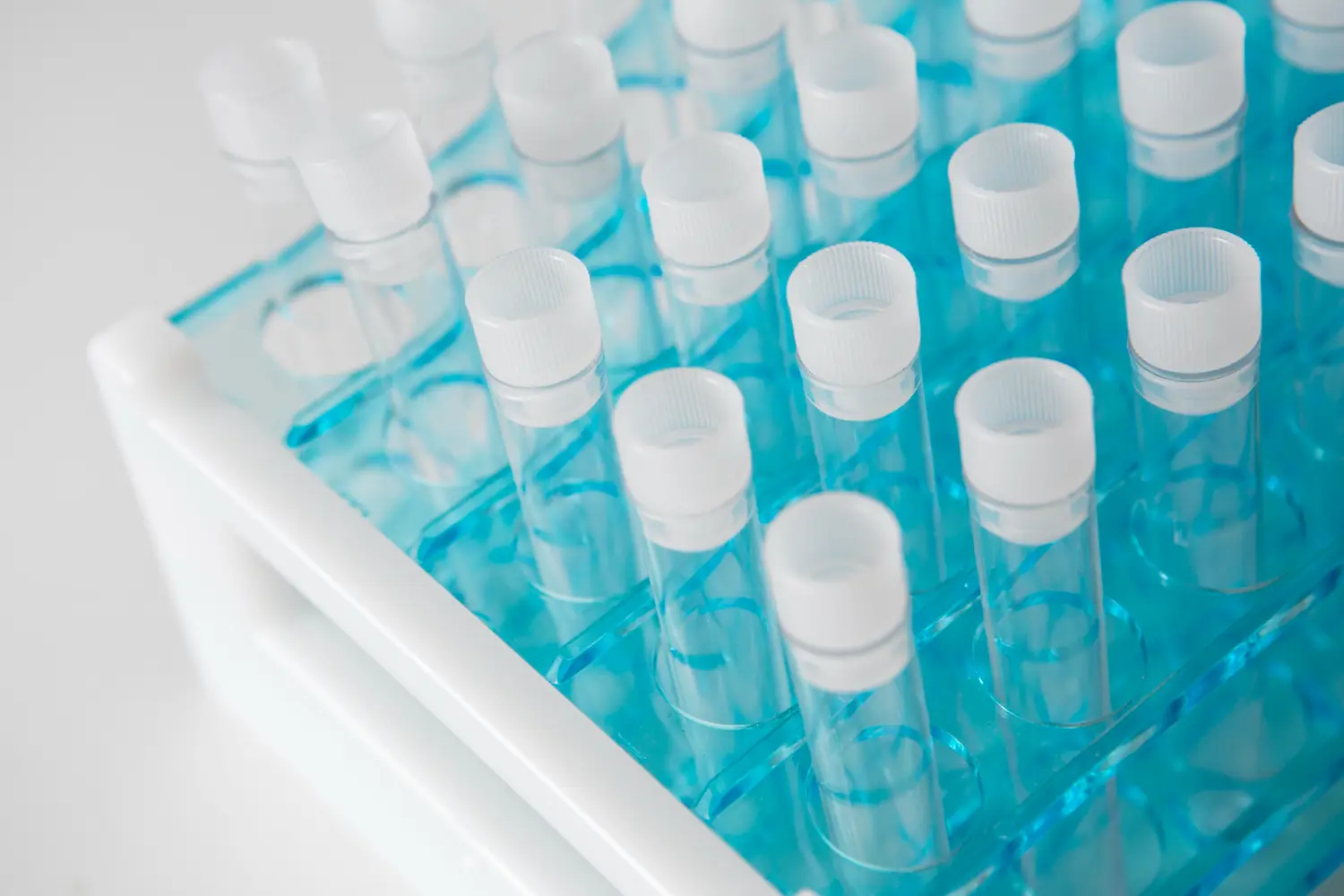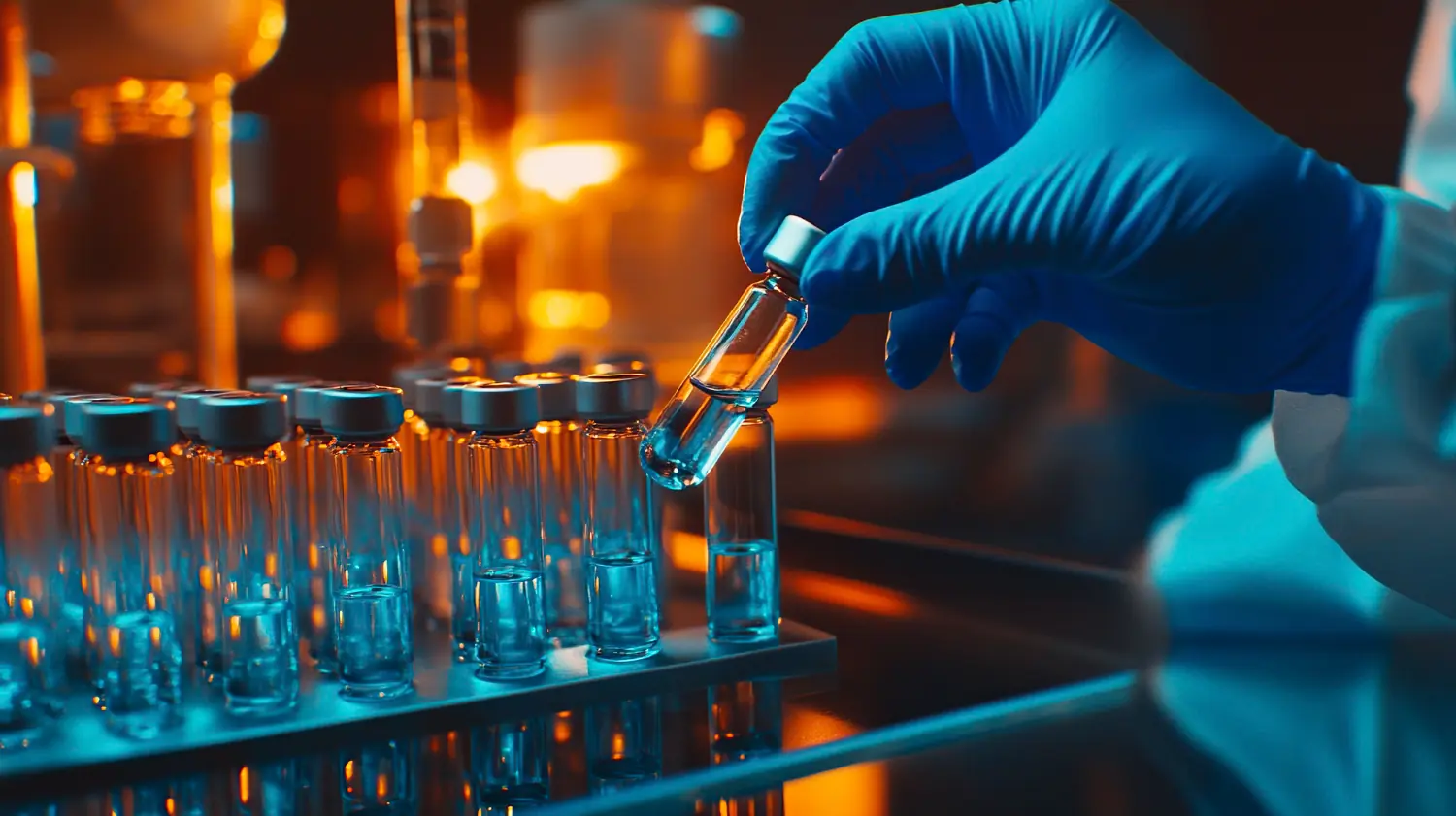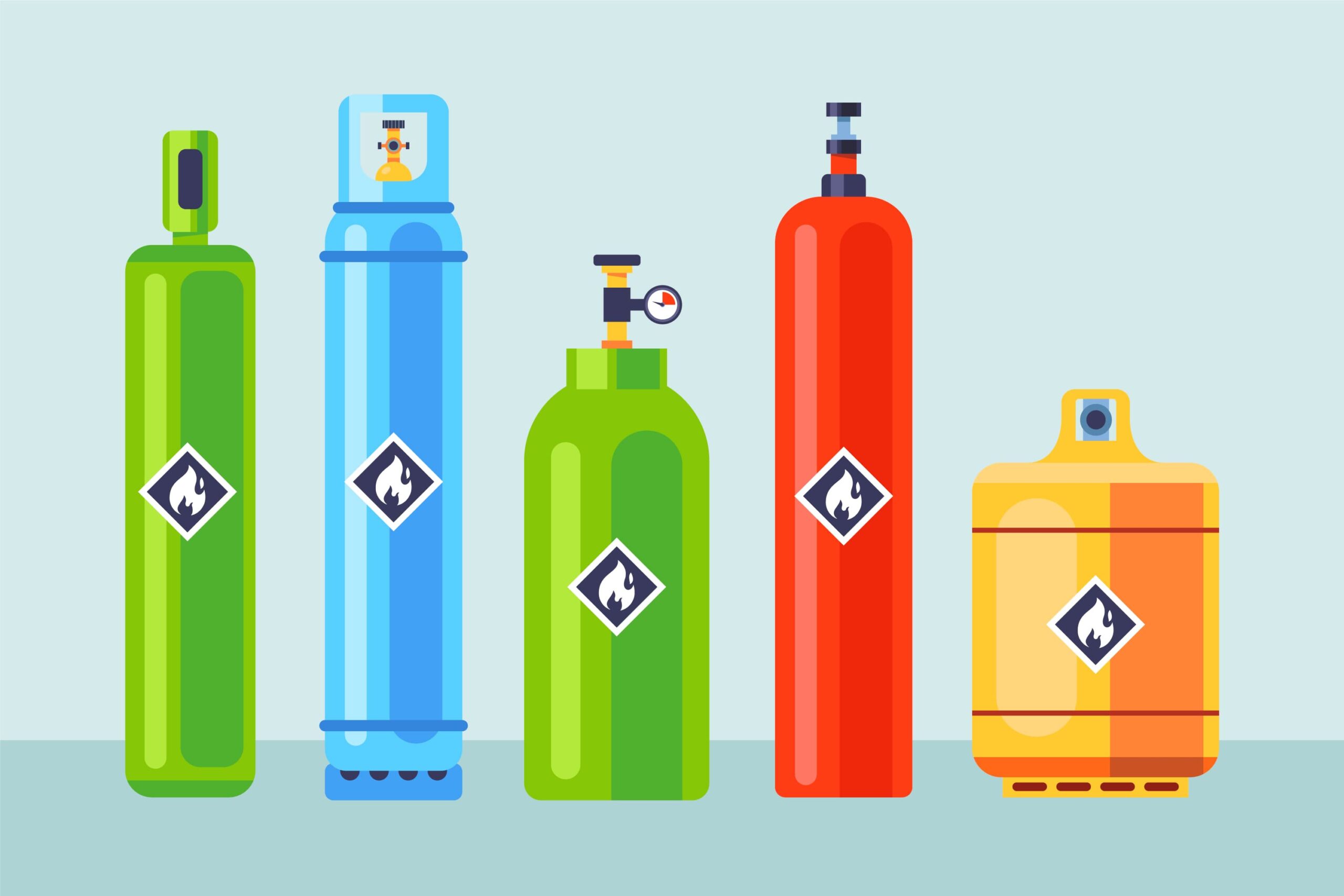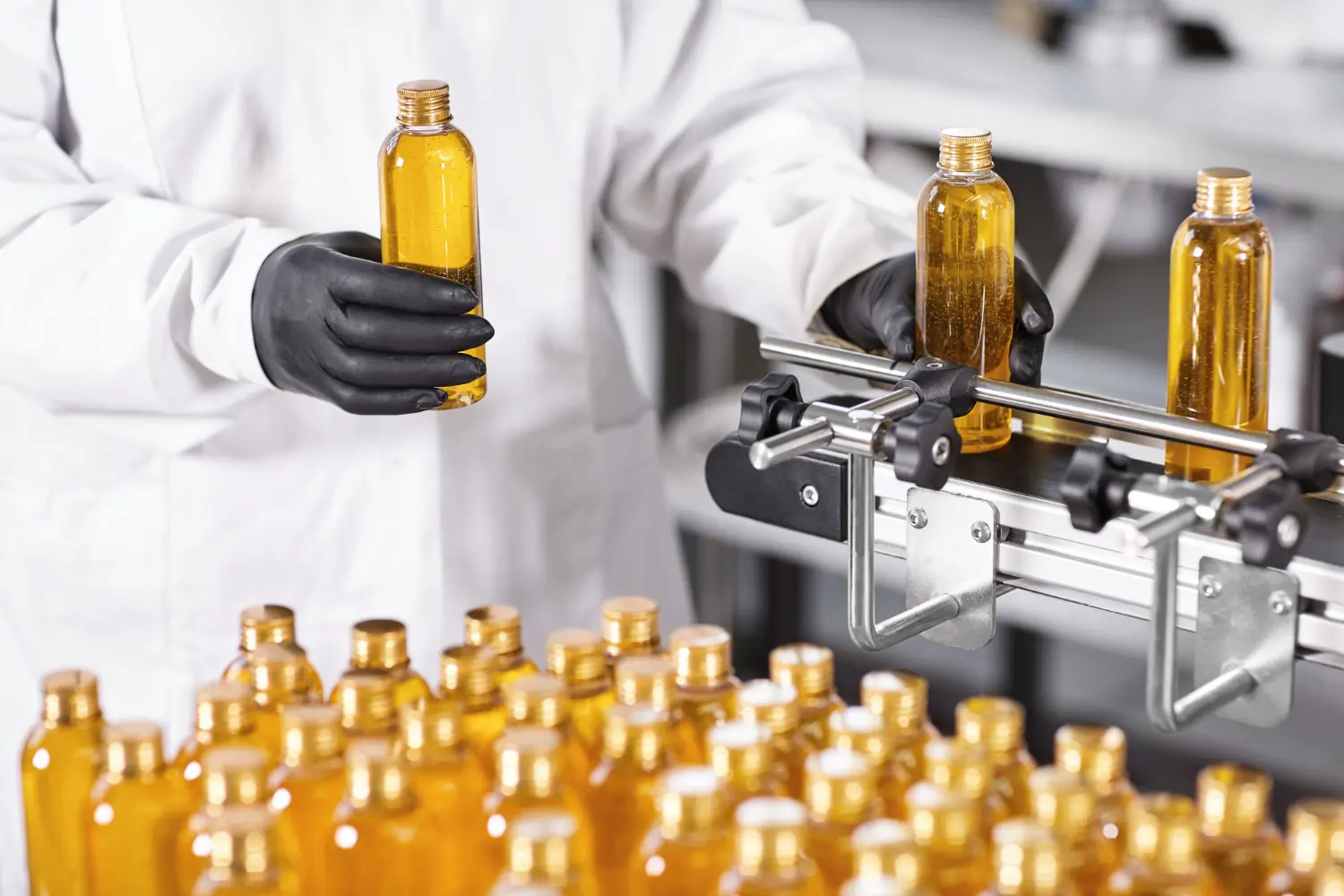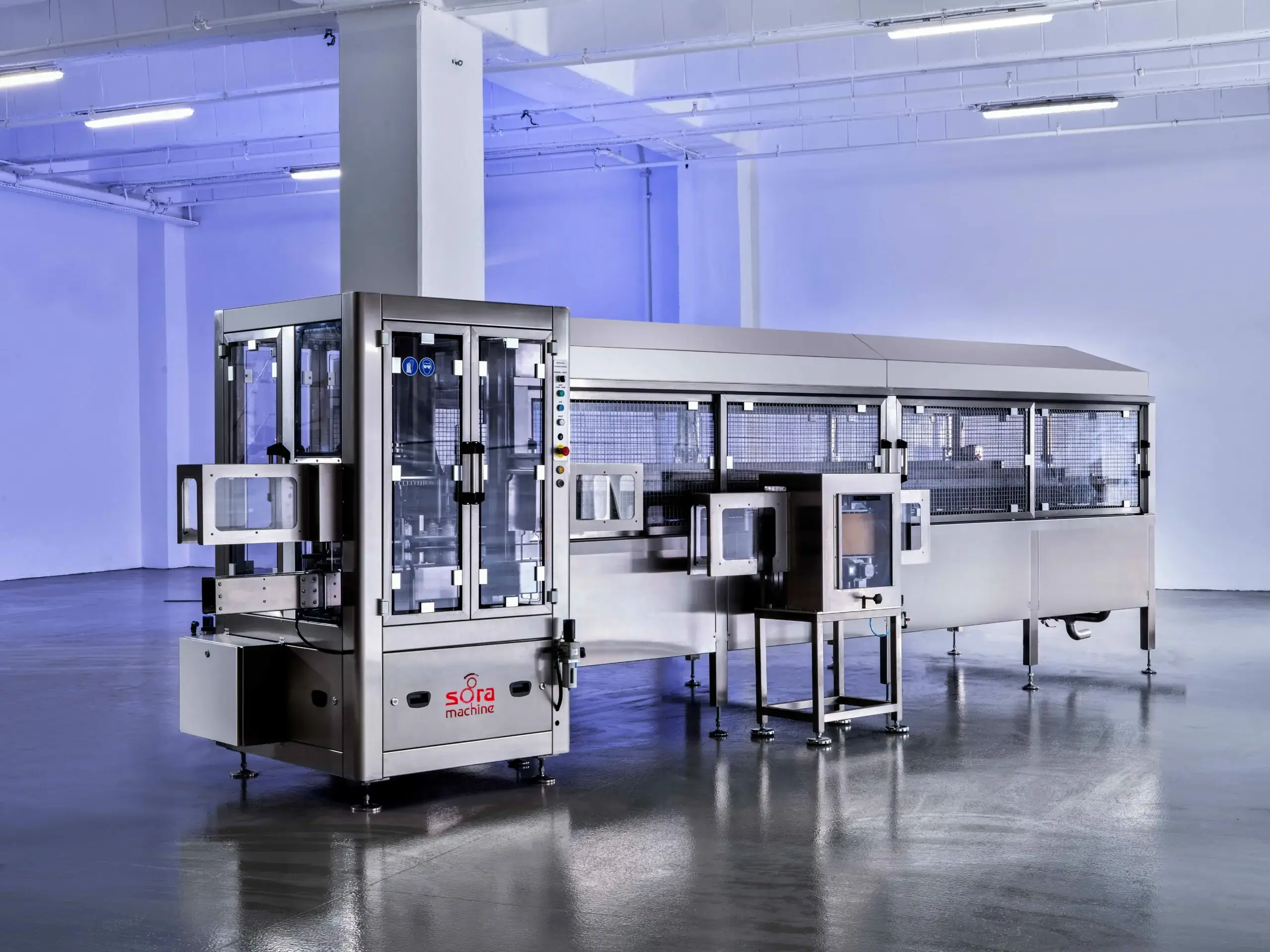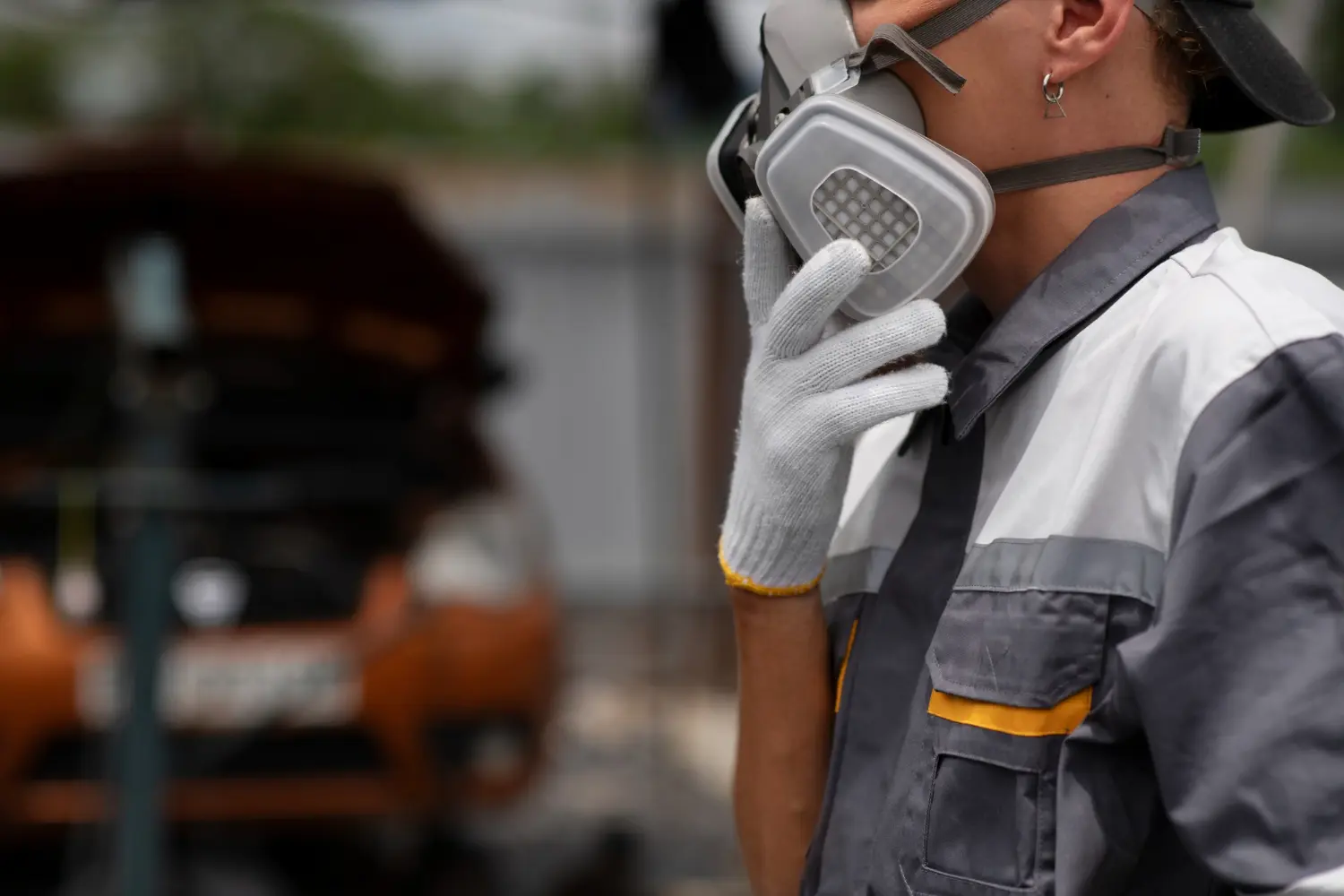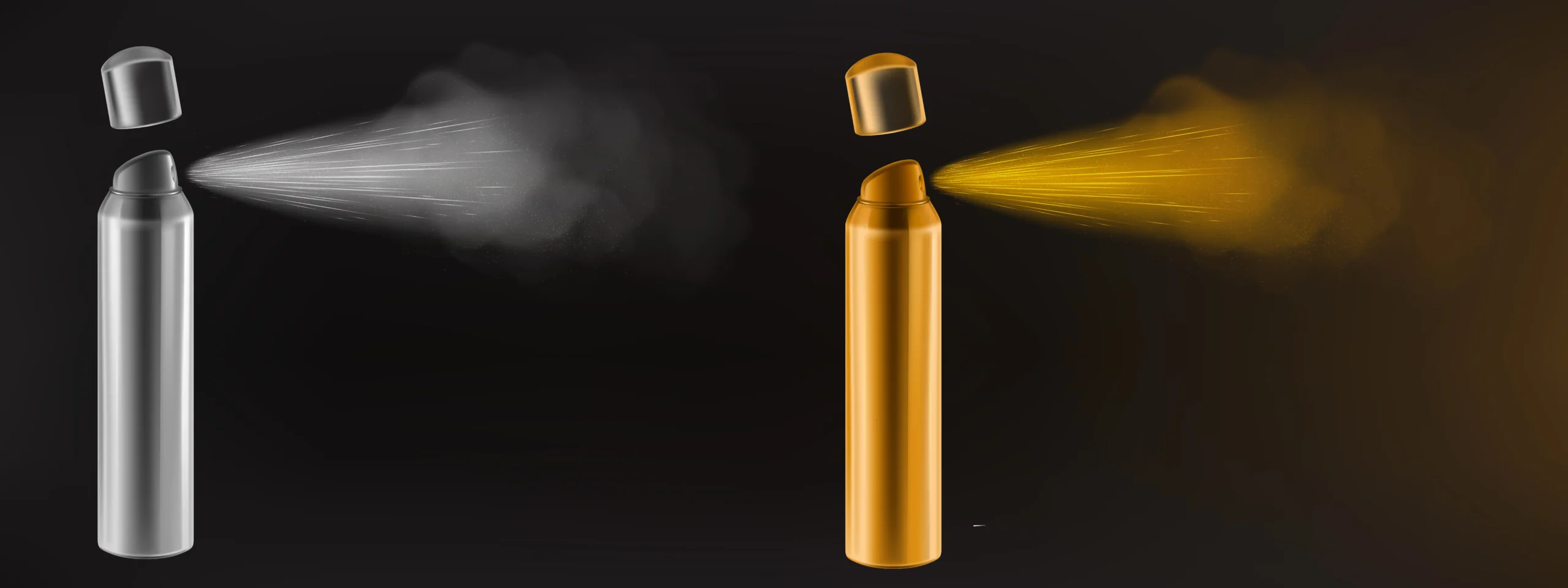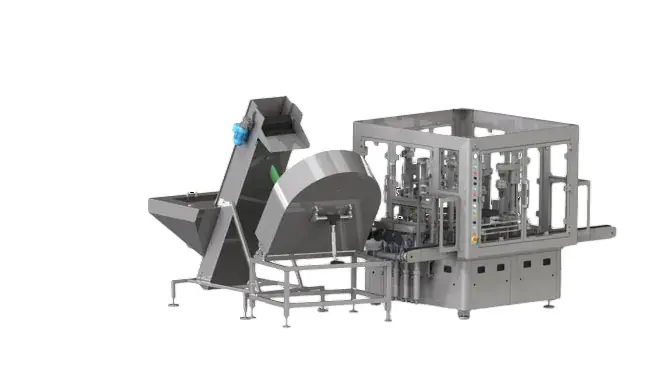In the world of product development, especially in sectors like pharmaceuticals and cosmetics, the ability to produce small batches of aerosol products is invaluable. Laboratory-type aerosol filling devices are designed precisely for this purpose, allowing researchers and developers to test formulations, conduct quality assessments, and refine production processes without the need for large-scale equipment. These compact machines offer the flexibility and precision required in a laboratory setting, ensuring that small-scale aerosol production is both efficient and safe.
What is Laboratory Scale Aerosol Filling Equipment?
Laboratory scale aerosol filling equipment refers to compact, often semi-automatic or manual machines designed for the small-scale production of aerosol products. These devices are tailored for research and development purposes, enabling precise control over filling parameters. They typically consist of components like liquid fillers, gas fillers, and crimping tools, all integrated into a user-friendly system suitable for laboratory environments.
Which Products Production Uses Aerosol Filling Devices?
Aerosol filling devices are versatile and find applications across various industries. In the pharmaceutical sector, they are used for producing nasal sprays, inhalers, and topical anesthetics. The cosmetics industry utilizes them for hair sprays, deodorants, and perfumes. Household products like air fresheners, insecticides, and cleaning agents also rely on aerosol filling equipment for small-scale production and testing. These devices are essential for developing and refining products before scaling up to industrial production.
What is the Difference Between a Laboratory-Type Aerosol Filling System and an Industrial System?
The primary difference lies in scale and automation. Laboratory-type aerosol filling systems are designed for small-batch production, offering greater flexibility and control over filling parameters. They are often semi-automatic or manual, making them ideal for testing and development. In contrast, industrial systems are fully automated, built for high-volume production, and focus on efficiency and speed. While laboratory systems prioritize precision and adaptability, industrial systems emphasize throughput and consistency.
What Should Be Considered When Choosing Aerosol Filling Equipment?
When selecting aerosol filling equipment for laboratory use, several factors should be considered:
- Product Compatibility: Ensure the equipment can handle the specific formulations and viscosities of your products.
- Flexibility: The device should accommodate various can sizes and types, as well as different propellants.
- Ease of Use: User-friendly interfaces and straightforward operation are crucial in a laboratory setting.
- Safety Features: Look for equipment with built-in safety mechanisms to handle pressurized gases and flammable substances.
- Maintenance and Support: Consider the availability of technical support and the ease of maintenance for the equipment.
Can Gas and Liquid Filling Be Done in the Same System?
Yes, many laboratory-scale aerosol filling systems are designed to handle both liquid and gas filling processes. These integrated systems streamline the production process, allowing for the sequential filling of the product and the propellant. This dual-functionality is particularly beneficial in a laboratory setting, where efficiency and space-saving are paramount. Especially in pharmaceutical production mdi and aerosol filling machines are of great importance.
How Does the Aerosol Filling Process Work in the Laboratory?
The aerosol filling process in a laboratory typically involves several key steps:
- Liquid Filling: The product is filled into the can using a liquid filler, ensuring precise volume control.
- Valve Placement: A valve is placed onto the can, ready for crimping.
- Crimping: The valve is securely crimped onto the can to create a tight seal.
- Gas Filling: The propellant gas is injected into the can through the valve.
- Leak Testing: The filled can is tested for leaks to ensure integrity.
- Labeling and Packaging: The final product is labeled and packaged appropriately.
Each step requires careful attention to detail to maintain product quality and safety.
Which Safety Precautions Should Be Taken?
Safety is paramount when working with aerosol filling equipment in a laboratory. Key precautions include:
- Proper Ventilation: Ensure the laboratory is well-ventilated to prevent the accumulation of flammable gases.
- Personal Protective Equipment (PPE): Wear appropriate PPE, including gloves, safety goggles, and lab coats.
- Training: Operators should be thoroughly trained in the use of the equipment and emergency procedures.
- Regular Maintenance: Conduct routine checks and maintenance on the equipment to ensure it functions correctly.
- Emergency Equipment: Have fire extinguishers and first aid kits readily available in the laboratory.
Adhering to these safety measures helps prevent accidents and ensures a safe working environment.
What Are the Suitable Gas Types for Laboratory-Scale Production?
The choice of propellant gas depends on the product formulation and intended use. Common gases used in laboratory-scale aerosol production include:
- Hydrocarbons: Such as propane and butane, commonly used due to their effectiveness and cost-efficiency.
- Compressed Gases: Like nitrogen and carbon dioxide, used for non-flammable applications.
- Dimethyl Ether (DME): Often used in personal care products for its solvency and compatibility.
It’s essential to select a propellant that aligns with the product’s requirements and safety considerations.
What Types of Tests Can Be Performed with Aerosol Filling Equipment?
Laboratory aerosol filling equipment enables various tests to ensure product quality and performance:
- Leak Testing: To verify the integrity of the can and valve seal.
- Pressure Testing: To ensure the can withstands internal pressures.
- Stability Testing: To evaluate the product’s shelf life and performance over time.
These tests are crucial for product development and regulatory compliance.
How Is Aerosol Filling Machine Calibration Done?
Calibration of aerosol filling machines is essential to maintain accuracy and consistency. The process involves:
- Volume Calibration: Adjusting the liquid filler to dispense the correct volume.
- Pressure Calibration: Ensuring the gas injector delivers the appropriate pressure.
- Crimping Calibration: Setting the crimping tool to apply the correct force for sealing.
Regular calibration checks should be part of the maintenance routine to ensure optimal performance.
In summary, laboratory-scale aerosol filling equipment is a vital tool for product development across various industries. By understanding its functions, applications, and safety considerations, researchers and developers can effectively utilize these devices to innovate and refine aerosol products.
